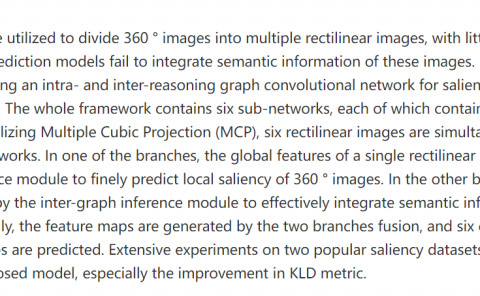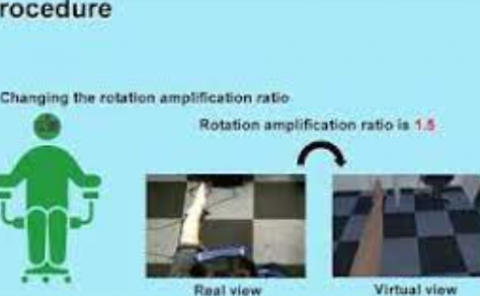Walking in Virtual Reality: Effects of Manipulated Visual Self-Motion on Walking Biomechanics
PubDate: January 2017
Teams: University of Hamburg;University of Central Florida;University Medical Center Hamburg-Eppendorf
Writers: Omar Janeh;Eike Langbehn;Frank Steinicke;Gerd Bruder;Alessandro Gulberti;Monika Poetter-Nerger
PDF: Walking in Virtual Reality: Effects of Manipulated Visual Self-Motion on Walking Biomechanics

Abstract
Walking constitutes the predominant form of self-propelled movement from one geographic location to another in our real world. Likewise, walking in virtual environments (VEs) is an essential part of a users experience in many application domains requiring a high degree of interactivity. However, researchers and practitioners often observe that basic implementations of virtual walking, in which head-tracked movements are mapped isometrically to a VE are not estimated as entirely natural. Instead, users estimate a virtual walking velocity as more natural when it is slightly increased compared to the users physical body movement.
In this article, we investigate the effects of such nonisometric mappings between physical movements and virtual motions in the VE on walking velocity and biomechanics of the gait cycle. Therefore, we performed an experiment in which we measured and analyzed parameters of the biomechanics of walking under conditions with isometric as well as nonisometric mappings. Our results show significant differences in most gait parameters when walking in the VE in the isometric mapping condition compared to the corresponding parameters in the real world. For nonisometric mappings we found an increased divergence of gait parameters depending on the velocity of visual self-motion feedback. The results revealed a symmetrical effect of gait detriments for up- or down-scaled virtual velocities, which we discuss in the scope of the previous findings.



